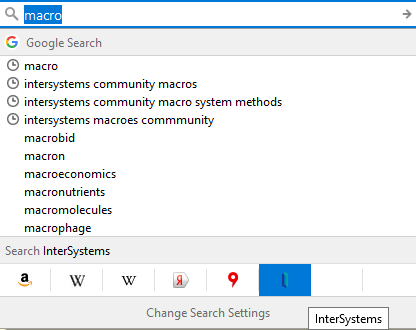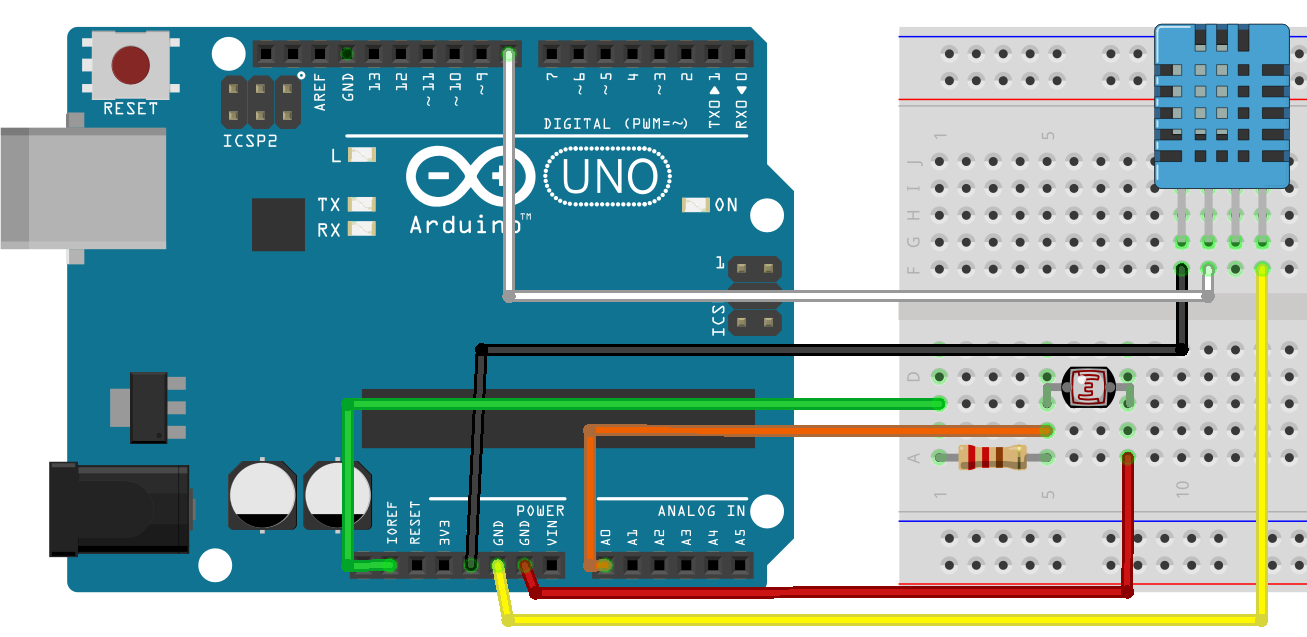There are many projects which work on InterSystems products, and they are not always written only in ObjectScript. I think some of you working with different programming languages and already have some experience with other editors, and hope you already have a favourite online editor.
My current choice is VSCode, whereas you may already know I have added an extension to support ObjectScript.


.jpg)





.jpg)